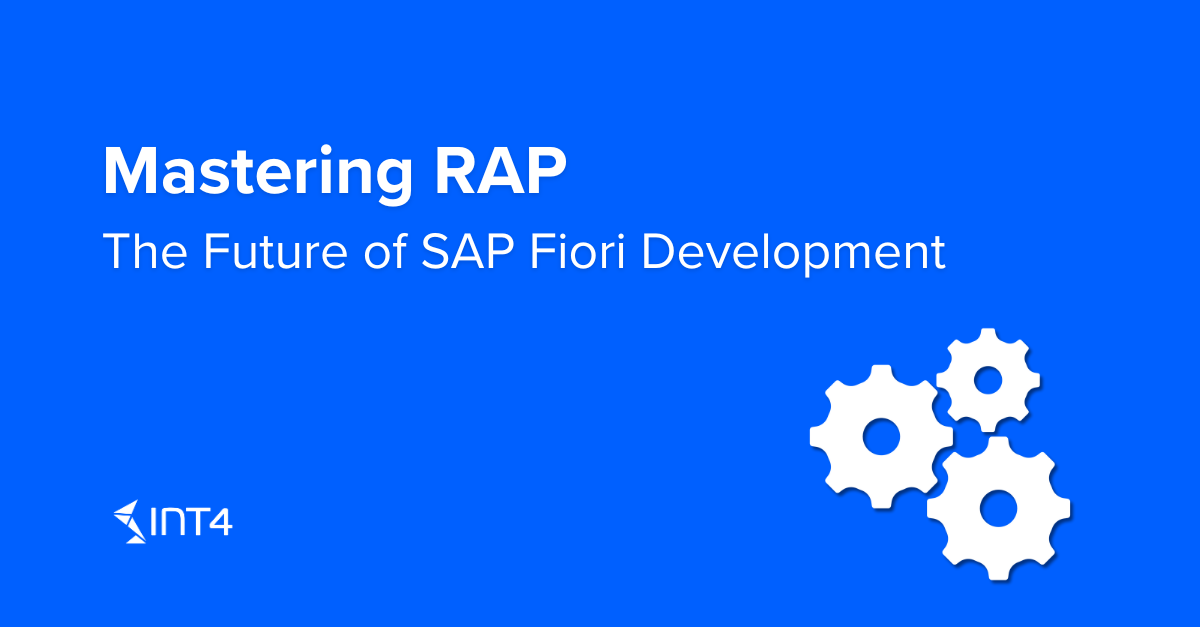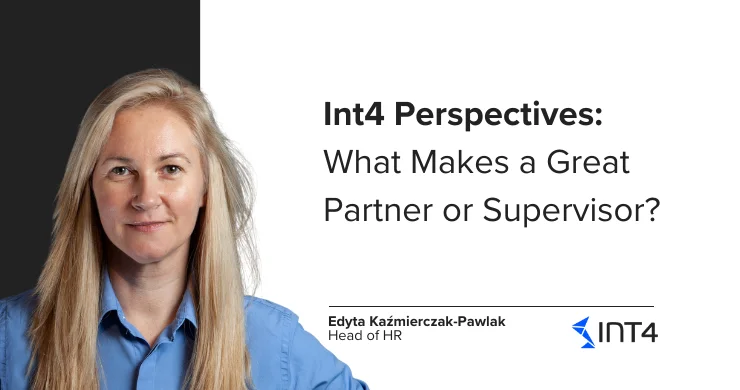Mastering RAP: The Future of SAP Fiori Development

RAP, which stands for ABAP RESTful Application Programming Model, is a framework for developing SAP Fiori applications. It simplifies the creation of Fiori apps by providing a set of tools and guidelines for building OData services and UI components. RAP applications can be developed using Eclipse or Visual Studio Code, and they can be deployed on-premise or in the cloud.
Key features of RAP include:
- Managed Implementation: The RAP framework handles many aspects of development, such as data persistence, authorization, and locking, making it easier for developers to focus on business logic.
- CDS-Based Data Models: RAP uses Core Data Services (CDS) to define data models, which provide a consistent and standardized way to represent business data.
- UI Annotations: RAP supports UI annotations, which are used to control the visual appearance and behavior of Fiori applications.
- Behavior Definition: RAP allows developers to define custom behaviors for their applications, such as actions and validations.
- Service Generation and Binding: RAP simplifies the process of generating and publishing OData services, which are used to expose business data to Fiori applications.
Overall, RAP is a powerful framework that can help developers build modern and efficient SAP Fiori applications.
RAP: The Future of ABAP Development
In the ever-evolving world of SAP development, new technologies and frameworks are constantly emerging to simplify and streamline the creation of modern applications. One such framework that has been gaining significant traction is RAP, the ABAP RESTful Application Programming Model. If you’re an ABAP developer looking to build cutting-edge Fiori applications, RAP is definitely worth exploring.
What is RAP?
At its core, RAP is a framework designed to simplify the development of SAP Fiori applications. It leverages the power of ABAP, the programming language used for building SAP business applications, and combines it with RESTful principles to create a robust and efficient development environment.
Key Advantages of RAP
- Managed Implementation: RAP takes care of many of the tedious tasks associated with development, such as data persistence, authorization, and locking. This allows you, the developer, to focus on the core business logic of your application.
- CDS-Based Data Models: RAP utilizes Core Data Services (CDS) to define data models, providing a consistent and standardized way to represent your business data.
- UI Annotations: With RAP, you can easily control the visual appearance and behavior of your Fiori applications using UI annotations.
- Behavior Definition: RAP enables you to define custom behaviors, such as actions and validations, for your applications.
- Service Generation and Binding: RAP streamlines the process of generating and publishing OData services, which are used to expose your business data to Fiori applications.
Why Should You Use RAP?
RAP offers several compelling reasons for adoption:
- Simplified Development: RAP’s managed implementation and focus on business logic simplify the development process, allowing you to create Fiori applications more efficiently.
- Consistent Data Models: CDS-based data models ensure consistency and standardization in your data representation, making it easier to maintain and manage your applications.
- Enhanced User Experience: UI annotations and behavior definitions empower you to create Fiori applications with a superior user experience.
- Flexibility and Extensibility: RAP’s flexible architecture allows you to extend and customize your applications to meet specific business requirements.
In Conclusion
RAP is a game-changer in the world of ABAP development. Its simplified approach, coupled with powerful features, makes it an ideal choice for building modern and efficient Fiori applications. If you’re an ABAP developer looking to stay ahead of the curve, embracing RAP is a step in the right direction.
I hope this blog post has shed some light on RAP and its potential to transform your SAP development journey. If you have any questions or comments, feel free to share them below.
Happy coding!
Popular tags
ABAP int4 INT4 IFTT Int4Interview S/4HANA SAP AIF SAP CPI sap integration


